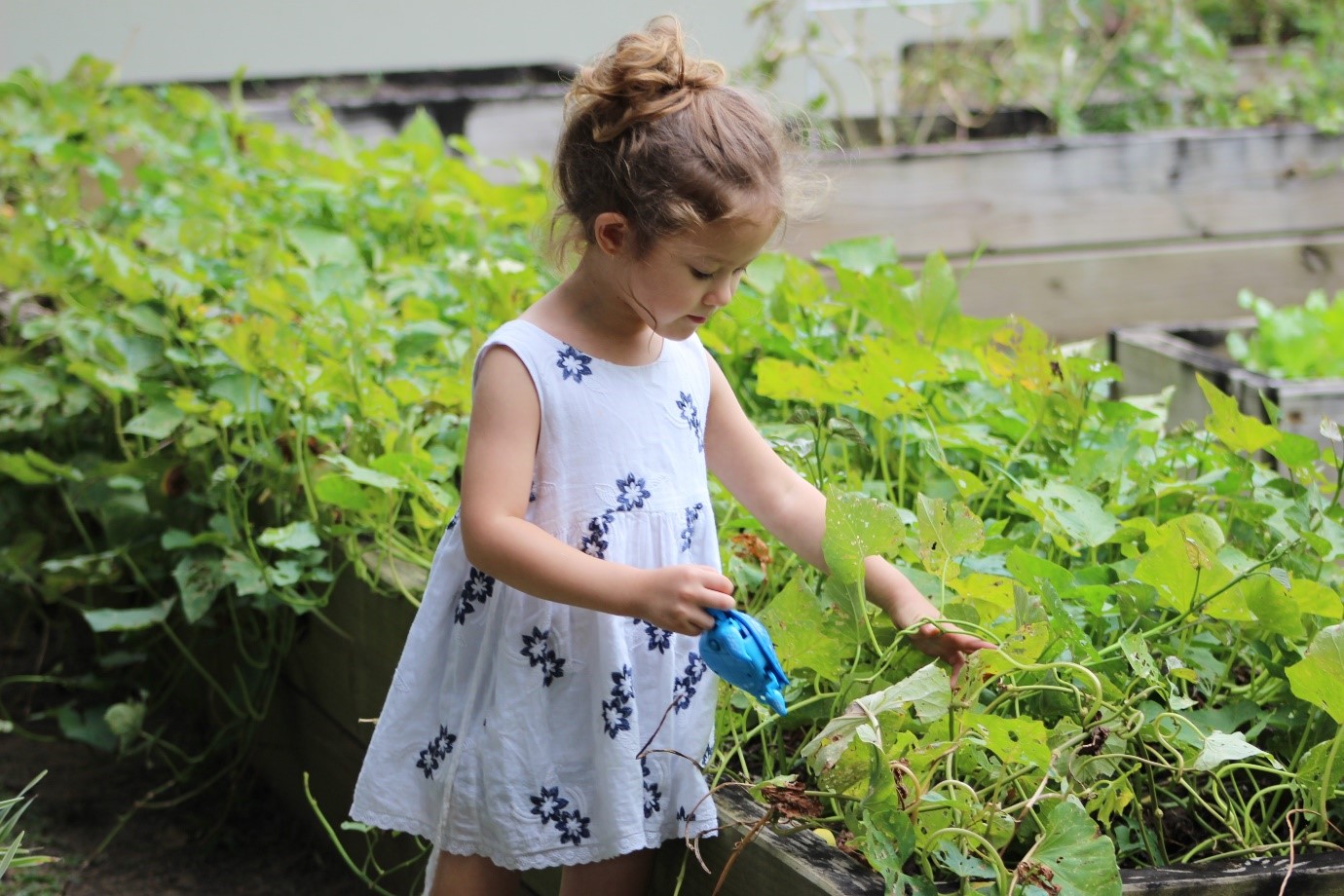
Here at Early Years Resources, we are firm believers in the idea that children learn more when all of their senses are fully engaged. Nicky Roeber, from Wyevale Garden Centres, discusses the many benefits of creating an outdoor sensory space in your school, along with a few tips on how to do this.
What is a sensory garden?
A sensory garden is a space which has been designed to stimulate and indulge all five senses, using plants, flowers, light and sound to create a completely immersive experience. If you teach primary or early years children, a sensory garden can be a fabulous way to help your pupils learn through play and interaction. In this article, I will show you how to create a sensory garden in your school that will engage your pupils and be a wonderful environment for all to enjoy.
What are the benefits of sensory play for pupils?
Children learn best when they’re fully engaged, and a sensory garden is a brilliant all round teaching tool that will do exactly that. It will teach little ones about the five senses through sensory play, and it also gives children a chance to explore plant life cycles, learn about the seasons, and study insects and other wildlife up close.
Sensory gardens can also be very beneficial for children with autism and those with sensory processing disorders. If any of your pupils are hyper-reactive to sensory stimuli, then the garden will offer a chance to explore the five senses in a safe, controlled environment, without overwhelming them. For children who are under-reactive, a sensory garden can help them experience sight, sound, touch, taste and scent in a healthy, positive way.
Additionally, a beautifully kept, peaceful garden will only add to the overall presentation of your school, and it makes a great selling point when prospective pupils and parents come to visit!
Things to consider before building a sensory garden
If you want to add a sensory garden to your school, you’ll need to think carefully about where you’re going to put it. Remember to consider the position of the sun throughout the day, as this will dictate what you can grow. Ideally, you want a spot that gets some direct sunlight throughout the day, but which also has a few shady spots: this will give you plenty of options for different types of plants. You should also try to pick an area which is nice and quiet, as traffic noises or other distractions will spoil the atmosphere and drown out the natural sounds of your garden.
Another thing to consider before you start is how much maintenance you can commit to. If you have a gardener or other help on site, then you might be able to be a little more ambitious in terms of the size and scale of your garden. Don’t forget that your school garden will need to be maintained over the holidays, so you should make sure that at least a couple of staff members are willing to pop in and carry out some basic care.
Keeping your pupils safe is always your top priority, so only ever choose plants and flowers which will be safe for children to interact with. Any tall or heavy features — like a bird bath or feeder — should always be completely secured to ensure they don’t fall over and cause an accident.
Once you’ve taken these considerations into account, you can begin planning your garden. Below, I’ve shared a few ideas you can incorporate to create a space that truly stimulates all five senses.
Sound
Sound is a key feature in a sensory garden: you can easily add some peaceful noises by installing a small fountain, or by hanging some wind chimes. Long grasses, like miscanthus sinesis, will also make a soothing rustling sound in the breeze.
Touch
Adding plenty of texture to your garden will give your children a chance to explore through touch. Grass and gravel are good textural additions, and a sand pit or water play table can also give children an opportunity to use their hands. A tree with very textured or very smooth bark — like pine or silver beech — can also be very tactile.
Sight
In terms of visual stimulus, you want your garden to be full of colour and greenery, so don’t be afraid to go all out when it comes to plants and flowers. In addition to these, you can also consider adding colour in other ways: perhaps with a painted mural, or by adding bright pots and planters. You could also install a bird bath and some feeders to encourage wildlife, so children can engage in a spot of bird watching.
Taste
A sensory garden can also be edible! Growing crops in your garden is also a valuable opportunity to teach little ones about where our food comes from, and to study the growth process up close. Tomatoes and strawberries are ideal for sunny spots, while broad beans and beetroot will grow well in partial shade.
You can also enlist your older pupils to help with watering, weeding, and general maintenance of your crops, which will help to foster a sense of responsibility for the natural world. Just make sure that children are supervised around your crops, and that any produce is washed and prepped by a grown-up before pupils are allowed to taste it. To learn more about getting kids involved, take a look at our guide to gardening with children.
Smell
A sensory garden should be filled with scent, so be sure to include some highly fragrant plants. Lavender, clematis, jasmine, and daphne are all beautifully scented varieties. You can also add some herbs, such as thyme, rosemary, and lemon balm.
A sensory garden could be the perfect addition to your school — simply follow the advice I’ve shared here, and you should soon have a flourishing garden your pupils will love.





